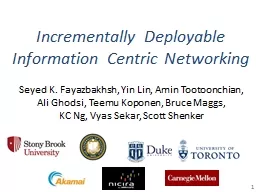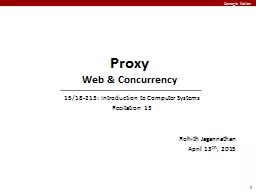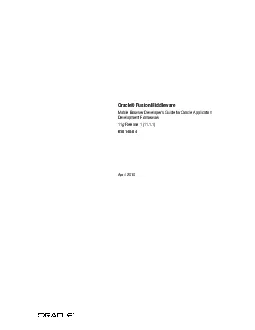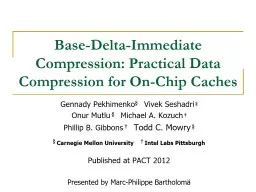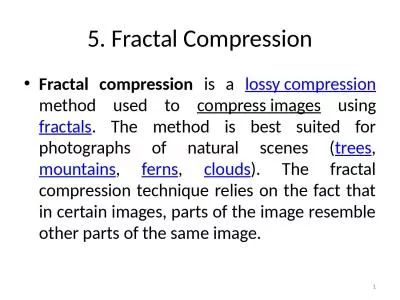PDF-Oracle Web Cache g Overview Oracle Web Cache Oracle Web Cache is a secure reverse proxy
Author : natalia-silvester | Published Date : 2014-12-24
Client sends HTTP request 2 Web Cache responds immediately if cached object is available 3 If object is not in cache W eb Cache requests object from Application
Presentation Embed Code
Download Presentation
Download Presentation The PPT/PDF document "Oracle Web Cache g Overview Oracle Web ..." is the property of its rightful owner. Permission is granted to download and print the materials on this website for personal, non-commercial use only, and to display it on your personal computer provided you do not modify the materials and that you retain all copyright notices contained in the materials. By downloading content from our website, you accept the terms of this agreement.
Oracle Web Cache g Overview Oracle Web Cache Oracle Web Cache is a secure reverse proxy: Transcript
Download Rules Of Document
"Oracle Web Cache g Overview Oracle Web Cache Oracle Web Cache is a secure reverse proxy"The content belongs to its owner. You may download and print it for personal use, without modification, and keep all copyright notices. By downloading, you agree to these terms.
Related Documents


